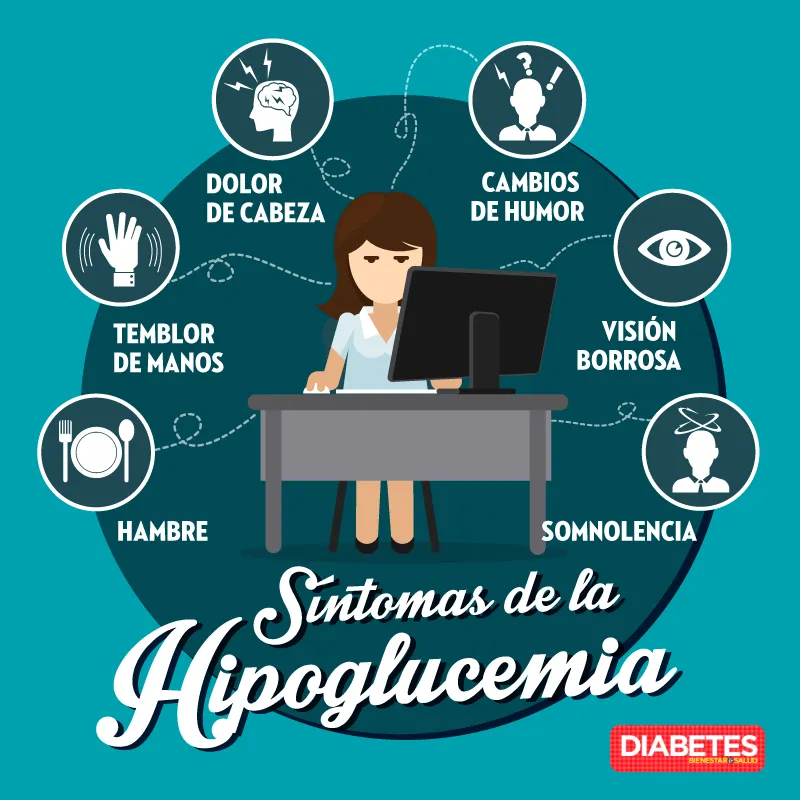When the glucose level is less than 70 mg/dl of blood, anomalies are presented in different organism systems, especially at the brain level.
According to the American Diabetes Association, when patients have hypoglycemia and do not receive immediate care they may have damage to the brain because glucose is their main source of energy.Among the consequences are irreversible neurological deterioration, coma or brain death.
"For such reasons it is very important that patients living with diabetes are attentive to the first symptoms, such as nervousness, irritability, feeling of hunger, anguish, sweating and palpitations," says Dr. Rodríguez Saldaña, director of the Multidisciplinary Center for Diabetes de Diabetes de DiabetesMexico City.
And he adds that if not receiving immediate attention there is a risk that glucose concentration is reduced more and from place to loss of the sense of alert, seizures and coma state (lack of response to external stimuli), which can lead to thedeath of the person.
To maintain brain function, the organism must supply the necessary sugar continuously, which is achieved by having a healthy diet that includes the different food groups in the portions recommended by the doctor and the nutritionist.
According to Dr. Rodríguez Saldaña, the appearance of hypoglycemia may be due to different causes.One of them is the administration of medications, such as insulin and oral hypoglycemic (especially sulfonylureas)."Generally the above happens when the doses are excessive in relation to the amount of food consumed or when any of the meals of the day is omitted."
“In addition, of the aforementioned drugs, there are others capable of producing hypoglycemia, such as pentamidine, an antimicrobial used to treat serious infections.In turn, excessive alcohol consumption, without having ingested food, can also lead to the condition in question, in view of the fact that carbohydrates stored in the liver are exhausted, ”says the specialist.
The other condition capable of causing hypoglycemia occurs because the body produces more insulin than that required to maintain fasting glucose figures in normal limits (between 70 and 99 mg/dl of blood).Once again, the affected person will present the aforementioned symptoms, as well as a decrease in the state of alert or loss of knowledge, depending on the magnitude of the descent.
"In the case of people with diabetes, the first step of handling is prevention, which consists in explaining the risk of this complication in case they are treated with insulin or sulfonylureas," explains Dr. Rodríguez Saldaña.Likewise, we must teach the affected and their relatives to identify the problem and to measure blood glucose.
When a hypoglycemia picture is presented in these cases and that individuals are capable of swallowing, a glass of fruit or water juice should be administered with three teaspoons of table sugar.If the patient cannot ingest edible or if sugar figures do not improve with oral glucose administration, the next step is to apply glucose (intravenous path) or glucagon (hormone that increases glucose levels) subcutaneous via orIntramuscular, procedures that a doctor must perform.
"The appearance of this complication in people with diabetes forces us to review the entire treatment plan, including the schedule, quantity and composition of meals, adjust the dose of medicines and reinforce the education of patients," says the specialist.


